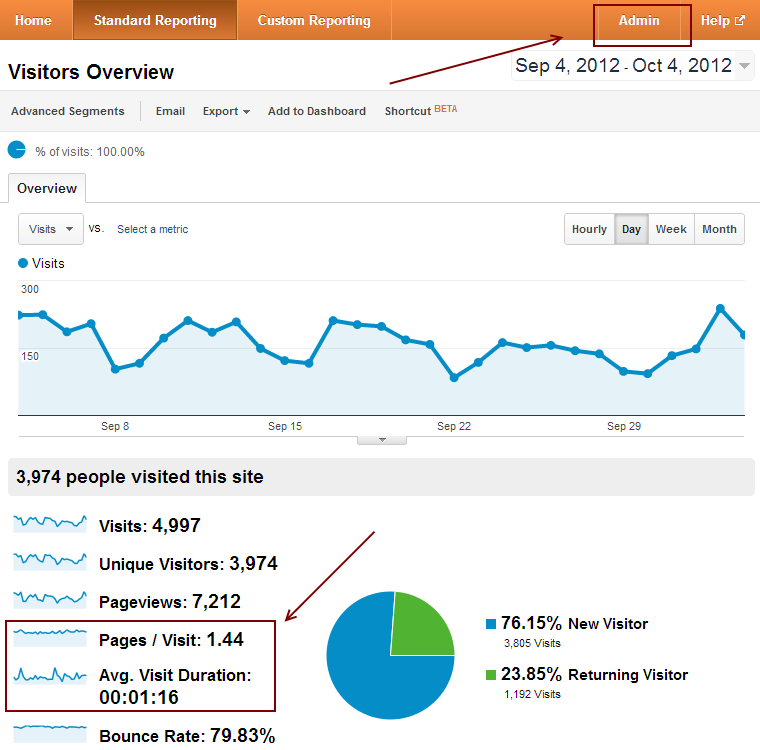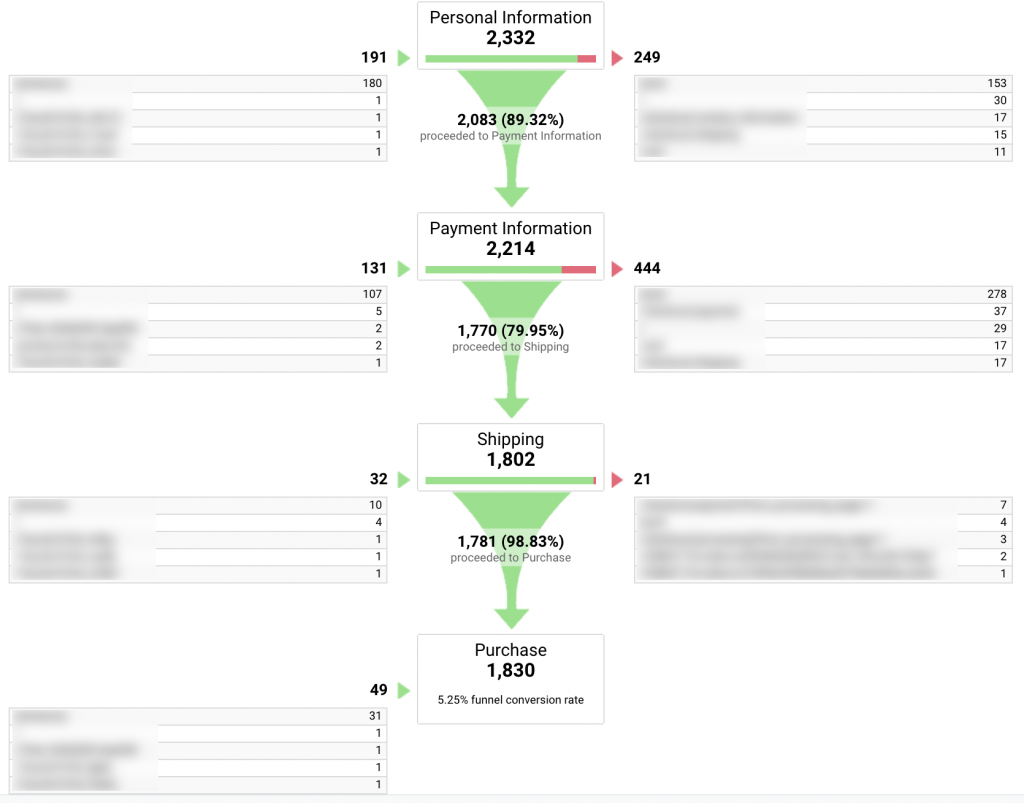Discovering What Data Is Google Analytics Goals Unable to Track
Discovering What Data Is Google Analytics Goals Unable to Track
Blog Article
Revealing the Blind Spots: Understanding What Google Analytics Goals Can not Gauge
In the world of electronic analytics, Google Analytics stands as an effective device for monitoring and evaluating on the internet user interactions. Comprehending what Google Analytics objectives can not gauge is vital for getting a detailed sight of individual behavior and engagement.
User Habits on External Operatings Systems
Comprehending just how users communicate on exterior systems is vital for optimizing on the internet strategies. Outside platforms, such as social media networks, recommendation websites, and online discussion forums, play a considerable duty in driving traffic to a firm's web site. By analyzing individual actions on these systems, services can obtain useful insights right into the effectiveness of their marketing initiatives and the choices of their target market.
One secret element of customer behavior on exterior systems is the referral source. By tracking where the customers are coming from, companies can identify which systems are driving one of the most traffic to their website. This information can aid companies allocate their sources more effectively, concentrating on the systems that produce the finest outcomes.

Offline Conversions and Interactions
Examining customer actions on outside platforms offers valuable insights into on the internet approaches; nevertheless, taking into consideration offline conversions and interactions is equally crucial for a detailed understanding of a firm's total efficiency. While Google Analytics excels at tracking on the internet interactions, it drops short in recording the complete customer journey that typically includes offline touchpoints. Offline conversions, such as in-store purchases or phone inquiries, play a significant role in several services' success. Overlooking these communications can lead to a distorted sight of the efficiency of marketing campaigns and overall service efficiency.

Attribution Beyond Last Click
When diving into the realm of electronic advertising and marketing analytics, it becomes vital to look past the solitary touchpoint of the last click for a more detailed understanding of acknowledgment. While Google Analytics supplies valuable insights into individual habits, counting solely on last-click attribution can be restricting - what data is google analytics goals unable to track. Attribution versions that exceed the last click provide an extra nuanced sight of the customer trip, considering all the touchpoints that lead to a conversion
Attribution past the last click allows marketers to designate credit scores to various interactions along the conversion path, giving a clearer image of the performance of different marketing channels. By discovering multi-touch acknowledgment versions such as direct, time decay, or position-based attribution, companies can better allocate their advertising spending plans and enhance their approaches for optimal influence.
Understanding the influence of each touchpoint in the conversion procedure is important for making notified choices great post to read and making best use of ROI. By embracing attribution past the last click, organizations can get deeper insights into client actions and customize their advertising and marketing initiatives better.
Cross-Device and Cross-Browser Tracking

Likewise, cross-browser tracking matches cross-device monitoring by catching individual habits as they change between different web internet browsers. Recognizing how customers connect with web sites on numerous internet browsers can help online marketers optimize their on-line experiences to make sure uniformity and capability across different systems.
Qualitative Data and Customer Intent
Comprehending customer intent through qualitative information evaluation is vital for establishing targeted electronic marketing approaches that reverberate with the needs and choices of the target audience. Qualitative data gives insights right into the 'why' behind user activities, clarifying motivations, feelings, and choices that quantitative information alone can not find capture. By examining user responses, comments, and interactions, marketing professionals can reveal useful information about user intent, permitting them to tailor their messaging, content, and offerings to much better straighten with what their target market is seeking.
Qualitative information additionally assists in understanding the context in which customers engage with a web site or application. This contextual understanding makes it possible for online marketers to develop more appropriate and individualized experiences, eventually driving greater involvement and conversion prices. By delving into user intent through qualitative data evaluation, businesses can acquire a deeper understanding of their target market, resulting in more efficient advertising strategies that meet users' needs and assumptions.
Final Thought
Finally, Google Analytics goals have restrictions in measuring individual actions on external systems, offline conversions, acknowledgment beyond last click, cross-device and cross-browser tracking, and qualitative data related to individual intent. what data is google analytics goals unable to track. It is very important for companies to be familiar with these unseen areas in order to supplement their information evaluation with various other tools and approaches to acquire an extra extensive understanding of their audience and improve their overall digital advertising and marketing methods
By examining customer behavior on these platforms, businesses can obtain valuable insights right into the performance of their marketing initiatives and the choices of their target audience.
Analyzing customer behavior on outside platforms gives valuable understandings into on the internet methods; nonetheless, thinking about offline conversions and communications is just as critical for an extensive understanding of a company's overall performance.In digital marketing analytics, relocating beyond last-click acknowledgment to discover cross-device and cross-browser tracking is necessary for getting an alternative understanding of customer communications throughout various platforms and gadgets. find this By evaluating individual feedback, comments, and communications, marketing professionals can reveal beneficial info about customer intent, permitting them to customize their messaging, web content, and offerings to better align with what their target market is seeking.
By delving into individual intent with qualitative information evaluation, businesses can obtain a much deeper understanding of their target audience, leading to a lot more reliable advertising and marketing strategies that satisfy users' requirements and assumptions.
Report this page